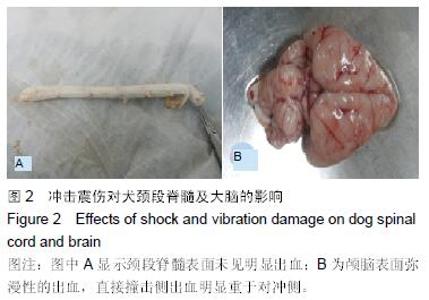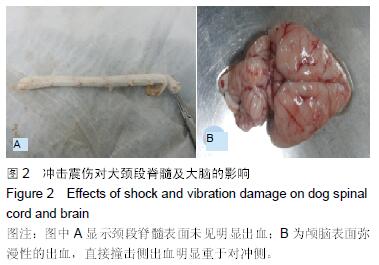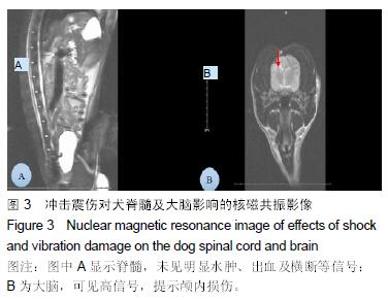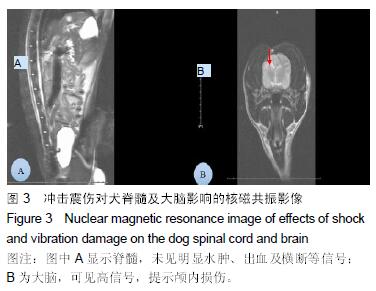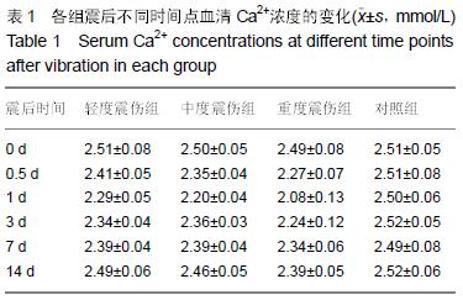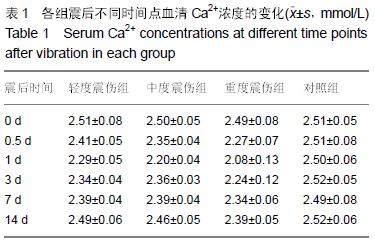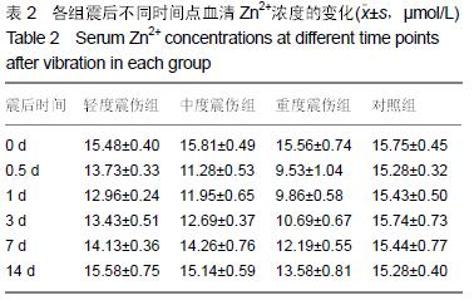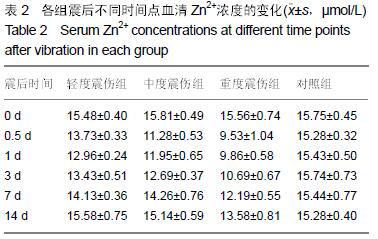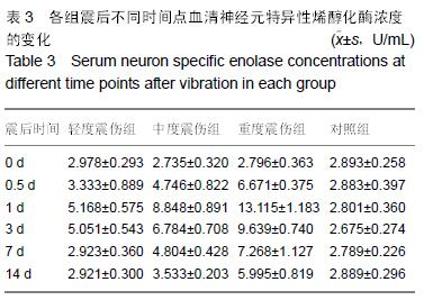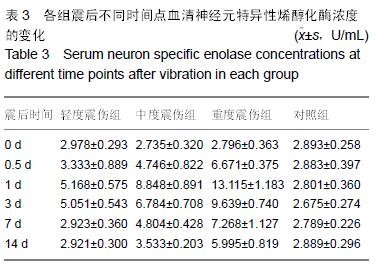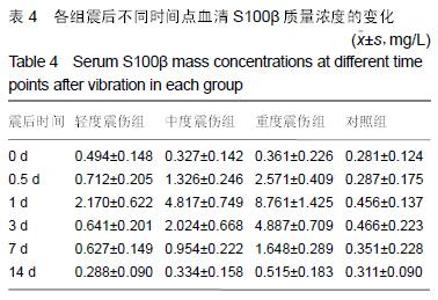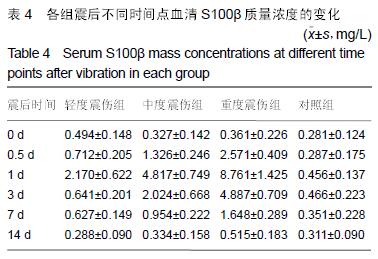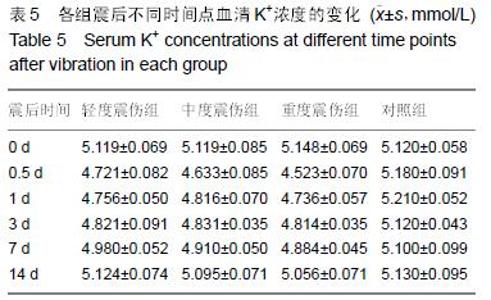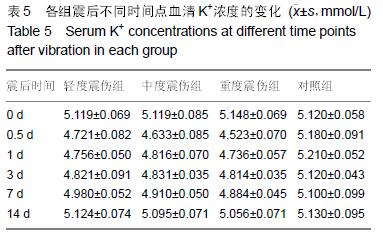| [1] 王宏坤,郭树忠,韩岩.爆炸伤动物模型建立与观察的研究进展[J].组织工程与重建外科杂志,2010,6(6):354-356. [2] Magnuson J,Leonessa F,Ling G.Neuropathology of Explosive Blast Traumatic Brain Injury.Curr Neurol Neurosci. 2012;12(5):570-579. [3] Satoh Y,Sato S,Saitoh D,et al.Pulmonary blast injury in mice:a novel model for studying blast injury in the laboratory using laser-induced stress waves. Laser Surg Med.2010;42(4): 313-318. [4] 王宇清.脊髓爆震伤后神经细胞的形态学变化及药物干预治疗的初步研究[D].第四军医大学,2010 [5] 徐臣.基于交通事故深度调查分析的颅脑减速伤研究[D].重庆理工大学,2013. [6] 刘盛雄.减速伤中颅内应力分布于应力波传播特点的实验研究[D].第三军医大学,2010. [7] 赵辉.颅脑减速伤的发生机制研究[D].第三军医大学, 2009. [8] Clarke D.,Ward P,Bartle C.,et al.An In-depth Study of Work- related Road Traffic Accidents. http://www.orsa.org.uk. 2010 [9] Llompart-Pou JA,Raurich JM,Pérez-Bárcena J,et al.Acute Hypothalamic–pituitary–adrenal Response in Traumatic Brain Injury with and Without Extracerebral Trauma.Neurocritical Care.2008;9(2):230-236. [10] 陈心.创伤性脑损伤后HPA轴功能障碍发病机理及糖皮质激素治疗的基础研究[D].天津医科大学,2012. [11] Bennett J,JBasivireddy J,Kollar A,et al.Blood–brain barrier disruption and enhanced vascular permeability in the multiple sclerosis model EAE.J Neuroimmunol. 2010; (229):180-191. [12] Zlokovic BV.The Blood-Brain Barrier in Health and Chronic Neurodegenerative Disorders.Neuron.2008;57(2):178. [13] Risti S,Miri M,Jovi S,et al.Histological characteristics and markers of proliferation and differentiation in rat brain with experimental glioma. Vojnosanitetski Pregled. 2014;71(9):828. [14] DeFazio MV,Rammo RA,Robles JR,et al.The Potential Utility of Blood-Derived Biochemical Markers as Indicators of Early Clinical Trends After Severe Traumatic Brain Injury. World Neurosurgery. 2014;81(1):151-158. [15] Papa L,Lewis LM,Falk JL,et al.Elevated Levels of Serum Glial Fibrillary Acidic Protein Breakdown Products in Mild and Moderate Traumatic Brain Injury Are Associated With Intracranial Lesions and Neurosurgical Intervention. Ann Emerg Med.2012;59(6): 10.1016/ j. annemergmed. 2011.08.021. |
